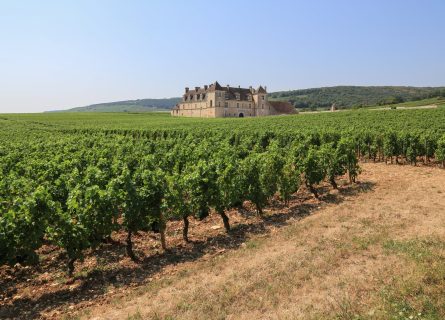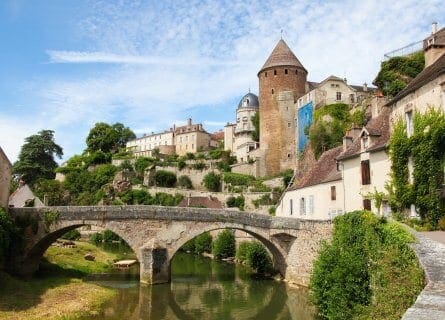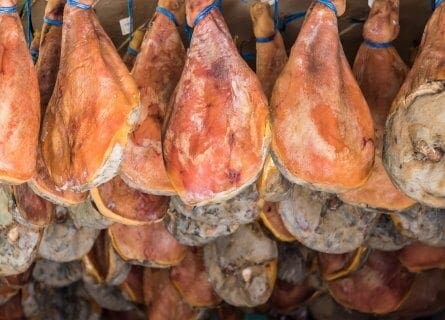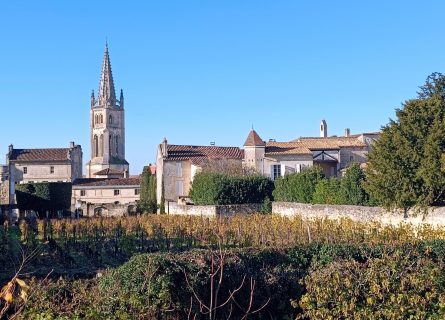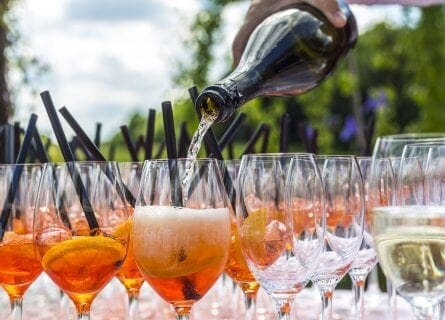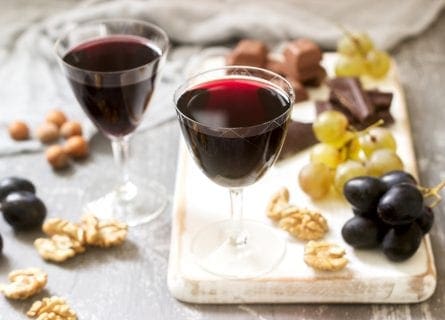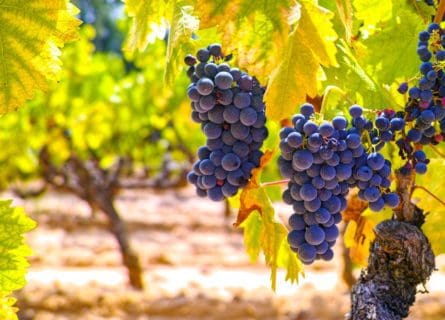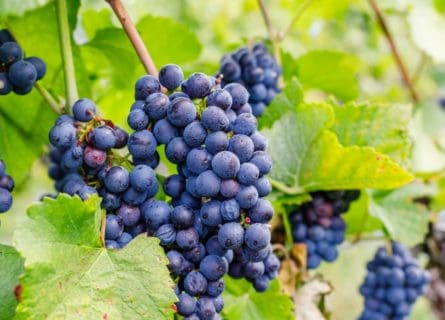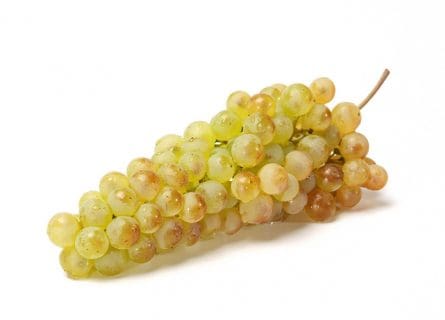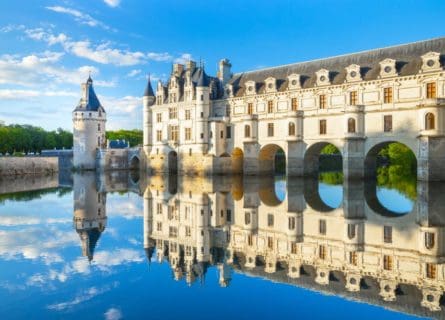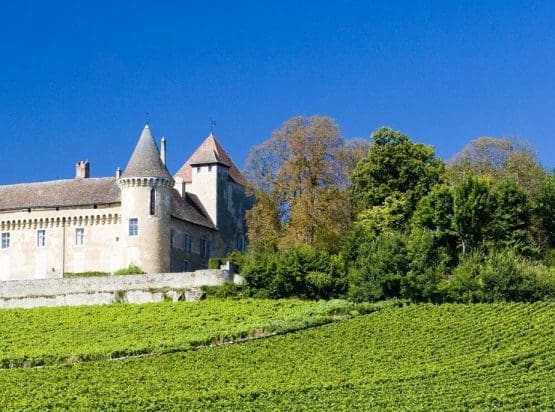
Beaune Travel Guide
Beaune Bliss: Where Burgundy Wines Meet Timeless Elegance
The historic wine capital of Burgundy is surrounded by some of the most famous wine villages in the world, so many in fact that it’s easy to forget Beaune is a fantastic destination in its own right. Located between Dijon and Lyon in the Cote d’Or region in eastern France, Beaune has been the nerve center of Burgundy since medieval times. Its historical and commercial importance to the winemaking region has left the city with an unrivaled architectural and cultural heritage. This walled city’s atmosphere is still mostly medieval, full of Renaissance courtyards, hidden alleys, and many more surprises for the unsuspecting visitor!
Beaune has been an important vine-growing center since the Romans took control of Gaul in the last century BC. In AD 40, the Romans founded a small settlement – Belna – at a natural crossroads in Western Europe. It started as a humble village, but the Roman’s desire to provide a ready supply of wine for their army would eventually lead to its dominance as one of France’s most critical wine hubs. Beaune’s influence subsequently grew as the importance of Autun, the capital of Burgundy in the earlier Gallo-Roman days, fell. Then, in the 6th century, the sons of Clovis ransacked Autun and razed the city to the ground. Beaune was henceforth the de-facto capital of Burgundy.
This once unremarkable settlement grew in importance in the Middle Ages. By the latter part of the 6th century, the vine was already an established part of the city’s lifeblood. Gregory of Tours, the French historian who wrote about the history of France in the 6th century, described the hills surrounding Beaune as ‘covered in vines.’ It was also during this time that Burgundy’s long, intertwined relationship with the Catholic Church began. In the Middle Ages, the region was the seat of many important churches and monasteries – in 587, King Guntram donated the first vineyard to the Church. However, during the reign of Charlemagne, the Church assumed key responsibility for tending Burgundy’s vines and winemaking.
The Church’s involvement began with the Benedictine monks, who founded the Abbey of Cluny in 910 and planted an extensive vineyard surrounding the Monastery. The Cistercian monks founded an Abbey – Citeaux – in 1098 and planted one of Burgundy’s most famous vineyards or crus, the Clos de Vougeot, in 1336. We can also credit the discovery of the notion of terroir and the concept that different sites will produce different quality wines to the Cistercians, who laid the foundation for the classification of Burgundy’s crus or ‘climats’ centuries later.
During this era, the Monks took care of many of Burgundy’s today priceless vineyards and developed the winemaking skills that would be passed down through the ages. However, in the 14th century, the House of Valois, which ruled as the Dukes of Burgundy, moved to Dijon, which was subsequently named the region’s official administrative capital. The nobility started acquiring the vineyards as part of their estates, and the power and importance of the Church subsided. They were given official protection in 1395 when Duke Phillipe Le Hardi issued a decree to safeguard the quality and reputation of Burgundy’s wines. The Duke also issued an ordinance prohibiting the plantation of the Beaujolais’ Gamay grape, and from then on, the best sites of the Cote d’ Or were exclusively planted with members of the Chardonnay or Pinot Noir family, and the wines continued to grow in fame.
Beaune’s splendor reached its heyday in the late 15th century when a spectacular fortified castle was constructed during the reign of Charles XIII. His predecessor, Louis XI, had overseen the completion of massive city fortifications, which enclosed the town and effectively preserved its character, which remains mostly unchanged today. In this century, the Dukes of Burgundy built up one of Europe’s most powerful states, including Flanders and parts of Holland. Their court was a center of art, culture, and immense wealth!
Centuries later, after the Duchy’s demise, the first Negociant – merchant houses- were established in Beaune in the 1720s. These merchants would become the region’s lifeblood, buying growers’ wines or grapes, blending, aging, and marketing them to the Bourgeois of Paris and beyond. At this time, Champagne was known for its still red wines rather than sparkling, and the two regions had a particular rivalry as they fought for market space in the French capital. During this period, the Church’s control over these grand vineyards diminished. After Burgundy was incorporated into the unified Kingdom of France and the power of the Church decreased, many of the most important vineyards were taken from them and sold to the merchants of Beaune.
The French Revolution of 1789, which saw the ruling aristocracy overthrown and the First Republic established, didn’t directly affect the city of Beaune. However, in the aftermath, the remaining vineyards controlled by the Church were confiscated and sold off at the end of the 18th century. The installation of the Napoleonic inheritance laws and the subsequent division of the land into small holdings gave rise to the power of the Negociants, who could work with their growers of choice and effectively control the Burgundy market.
Beaune was again largely unaffected by Napoleon Bonaparte’s rise to power in 1799. However, the next 100 years would see massive social upheaval across France, including the Monarchy’s return to power in the 19th century. For Beaune, the most significant event of the 19th century was Dr. Jules Lavalle’s first unofficial classification of Burgundy’s various vineyards in 1855. Some “climats” or “crus” had always been more highly regarded than others since medieval times, and his classification was formalized in 1861 by the local Agricultural Committee into three classes: Grand Cru, Premier Cru, and Village. The declaration of the Third French Republic in 1870 strengthened the demand for the region’s great wines, as this so-called Belle époque (beautiful age) brought enormous increases in wealth and a thirst for the finer things in life.
The outbreak of two World Wars in the 20th century and the depression of the 1930s caused Burgundy’s fortunes to slide. The city was relatively unaffected by the First World War, but the economic depression caused much suffering and hardships for the region’s growers. However, in 1936, the national AOC (appellation control) legislation was introduced, which legally recognized the importance of Burgundy’s finest vineyards, cementing their status as Grand Cru wines.
Following the aftermath and devastation of the Second World War, many growers returned home to find their land in poor health. So, a program of aggressive fertilization started, which continued into the 1980s. Yields subsequently increased, and the region’s wines lost their way slightly in the 60s and 70s, following these stark rises in quantity produced. But, a new generation of passionate, younger growers has steered the region back into full health, and today, innovation and tradition sit comfortably side-by-side.
Beaune has greeted the 21st century with a great sense of optimism and vigor but has still retained the wonderful historic character and calm sense of self that has endured for centuries. The streets remain cobbled, the roads remain narrow, and the buildings are ancient. It lies at the center of one of France’s wealthiest provinces – historically, culturally, and gastronomically! Its fine wines have inspired awe for centuries and continue to draw visitors far and wide who wish to travel the route of the beautiful golden coast.
-
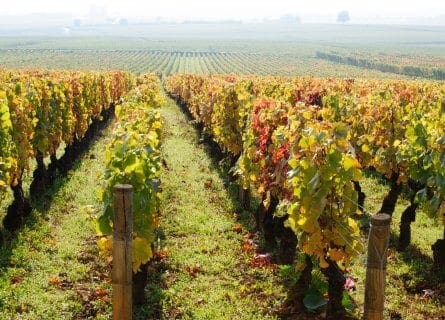
Burgundy vineyards, Beaune Gastronomy & Wine
Being the wine capital of Burgundy has naturally endowed the city with a rich gastronomic tradition, and today, Beaune is heaven for gourmet dining. Classic dishes for which the region is renowned include Boeuf Bourguignon, Coq au vin, and Escargot de Bourgogne. The poultry from the region of Bresse is also divine – in fact, next to Paris and Lyon, you may well say that this is one of the best places to go looking for good food in France. Do you want proof? The region currently has over 22 Michelin-starred restaurants, three boasting the coveted three stars!
Considering the town’s small size, the number of good places to eat in Beaune is impressive. Plenty of good cafes provide a reliable pitstop throughout the day while you plan your leisurely lunch or dinner in one of Beaune’s great restaurants. Chefs are lucky to work with such fantastic local produce, such as wild mushrooms, truffles when in season, beef from Charolais cattle, and, of course, the finest red and white wines in the world, which are just some of the highlights in store. The city also has a major food market on Saturdays, where visitors can stock up on local specialties like Jura cheeses, spices, truffles, and Bresse chickens. One of our favorite restaurants is La Bouzerotte, a delightful venue that boasts a fabulous outdoor terrace in the summer months.
It will come as no surprise to visitors that local wines dominate the lists in Beaune; the city is located in the heartland of the Cote d’Or and boasts a renowned red wine appellation. Pinot Noir-based reds of real class and distinction can be found here, produced from the premier cur slopes west of Beaune. However, larger restaurants will stock wines from every major appellation of the Cote d’Or, from the mighty reds of Chambertin to the racy, intense, elegant wines of Puligny Montrachet. This truly is a wine lovers’ paradise, and there is something for everyone, from lighter, good-value reds to the heavenly nectar of the Domaine de la Romanée-Conti. The city also boasts several fine wine shops, including La Grande Boutique du Vin, which is our favorite.
If you visit Beaune in November, make sure to come during the annual weekend of the Trois Glorieuses, three extravagant feasts that surround the Hospices de Beaune charity auction on the third Sunday of the month. The city buzzes with people: local growers who wish to promote their wines to the crowds of visitors, merchants, buyers, journalists, and tourists. Countless liters of wine are drunk, the party goes on late into the night, and the atmosphere is incredible.
A Gastronomic Guide to the Cusine of Burgundy: Read more
Nearby Wine Regions
-
 Discover the magic of Burgundy, where tradition meets innovation. Delve into complex terroirs and the flavors of Pinot Noir and Chardonnay. Plan your trip! Read more
Discover the magic of Burgundy, where tradition meets innovation. Delve into complex terroirs and the flavors of Pinot Noir and Chardonnay. Plan your trip! Read more
Highlights
-
Hotel-Dieu
The indisputable highlight of the old center of Beaune, the hospice was founded in the 15th century for the town’s poverty-stricken inhabitants, who had suffered greatly at the hands of the English in the Hundred Years War. Today, it is considered to be a jewel in Beaune’s crown, housing many treasures including the religious masterpiece, Rogier van der Weyden’s Last Judgement polyptych.
-
Vieux Beaune
The oldest part of Beaune has been preserved and is a delight to stroll around. Today, some of the best cafes, bars, and restaurants are to be found here, in addition to Renaissance courtyards, hidden alleys, cobbled streets and ancient buildings.
-
Musee du Vin de Bourgogne
A must see for any wine lover in Beaune, the city’s wine museum is housed in the Hotel des Ducs de Bourgogne, built in the 14th-16th centuries. It schools visitors in winemaking in Burgundy through the ages and has an impressive collection of traditional winemaking equipment.
-
Maison Bouchard, Pere et Fils
No wine lover in Beaune should leave without at least one visit to a major wine merchant in the region. Bouchard et Fils is a historical producer and offer some of the best tours and tastings available in the area. The largest vineyard owner in the Cote d’Or has fantastic holdings in white Burgundy, including the prestigious vineyard of Chevalier-Montrachet and Meursault. The local tourism center can help arrange a visit. Contact us for more information on our luxury private tours of Beaune and Burgundy!
Recommended for you
More information
If you would like us to customize an exclusive luxury tour, contact us and let us know your travel plans. We offer luxury food and wine tours for private groups of a minimum two guests. In addition, all of our private, chauffeured tours are available year-round upon request.


